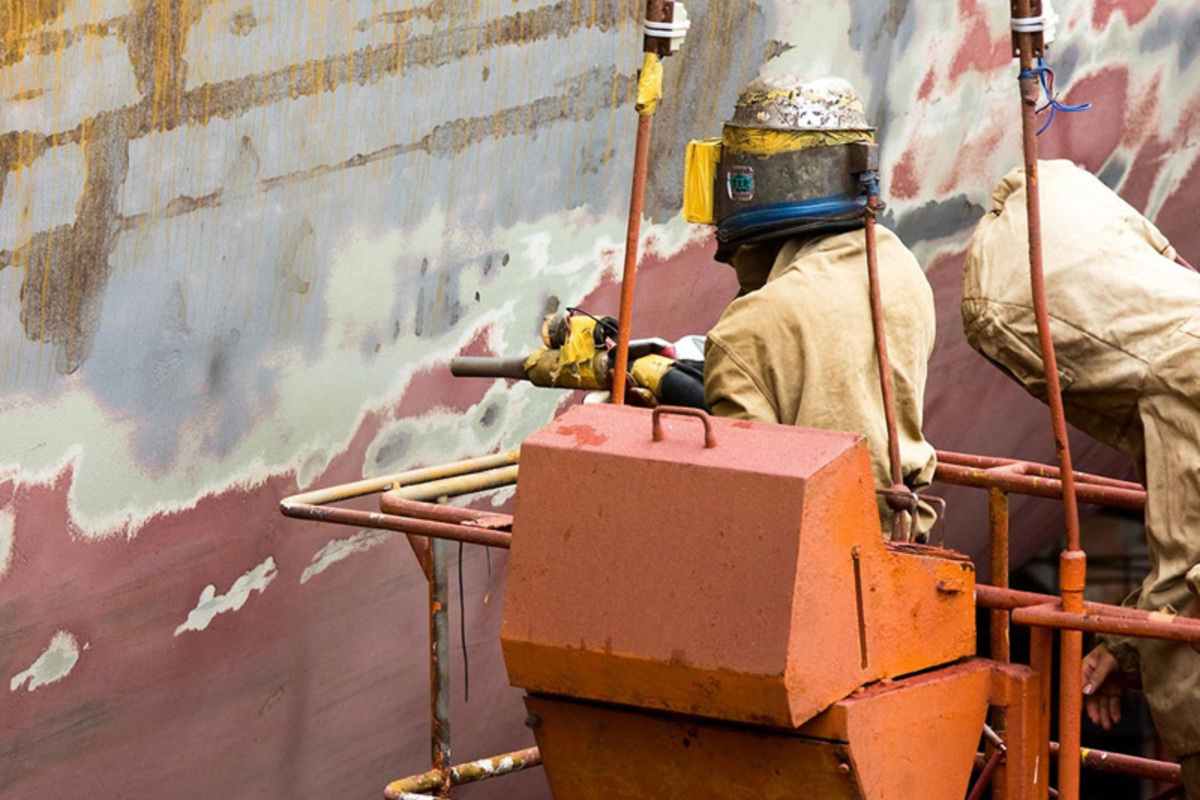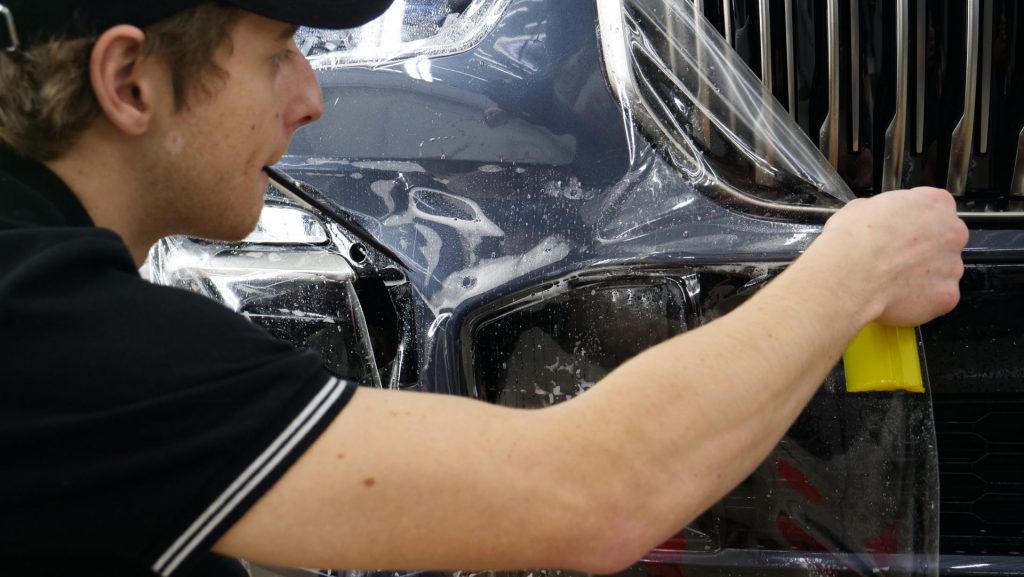Painting is vital to the construction and maintenance process of equipment, buildings, and structures. There are many different types of paint, industrial painting being just one. Industrial painting refers to a special type of painting which involves applying paints and coatings to industrial machinery, equipment, and structures. Industrial painting is essential in protecting equipment and structures from corrosion, rusting, and degradation. Industrial painting helps maintain industrial assets, ensuring their longevity and safety. The differences between commercial and industrial painters are the structures that they paint. Commercial painters are usually hired to paint buildings like offices, retail outlets, and residences. They are primarily interested in aesthetics, for example improving the appearance and quality of a property. Industrial painters work in industrial settings such as refineries, chemical plants, factories and other facilities. These painters use coatings and painting that is designed to withstand harsh environment and protect the equipment. Industrial painting includes a variety of techniques and processes such as abrasive blasting, power washing and spray painting. These techniques can be used to clean surfaces, remove rust or debris, and make sure that paints and coatings adhere well. Browse the below mentioned website, if you’re searching for more details on painter blaster course.
Industrial painters also need to be knowledgeable about the types of paints, coatings, and other materials used in industrial environments. They should also understand the safety precautions required for working in hazardous areas. Industrial painters are responsible for surface preparation, mixing and applying paint, and maintaining equipment. Surface preparation includes cleaning and repairing surfaces, as well as sanding them. Paint mixing involves mixing paints, coatings, and other materials. They are then applied to surfaces in a variety of ways, including spraying, brushing, rolling or rolling. Equipment maintenance involves cleaning and maintaining painting equipment to ensure its proper functioning. To start learning industrial painting, individuals can begin by familiarizing themselves with the basics of surface preparation, priming, and coating application.
They can explore online tutorials, workshops, or apprenticeships to gain hands-on experience with specialized industrial painting techniques, equipment, safety protocols, and the unique requirements of different industrial surfaces. Painting certification programs are available for those who want to become artists. They offer a complete learning experience. Students learn how to paint, understand color theory, compose, and know about art history. They learn to express their creativity effectively through brushwork, texture, and visual storytelling. These programs give artists the opportunity to improve their skills, learn about different media, and find a voice. Graduates are equipped with the skills and confidence needed to achieve their artistic goals. These certifications can provide industrial painters a standard of excellence that is recognized and help them to advance their careers. Industrial painting requires specialized knowledge, skills and expertise. Industrial painters protect industrial structures and machinery from damage while ensuring their safety and durability. Do not wait any longer to begin your career.




